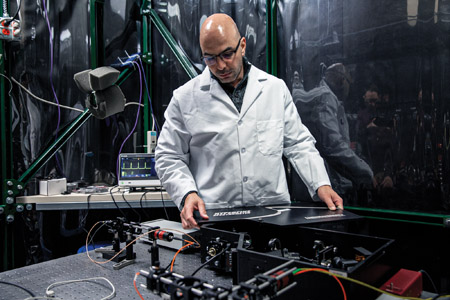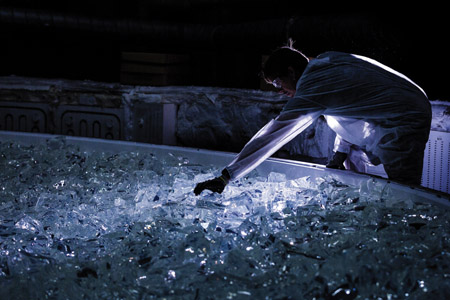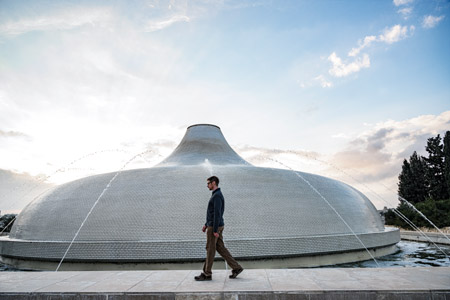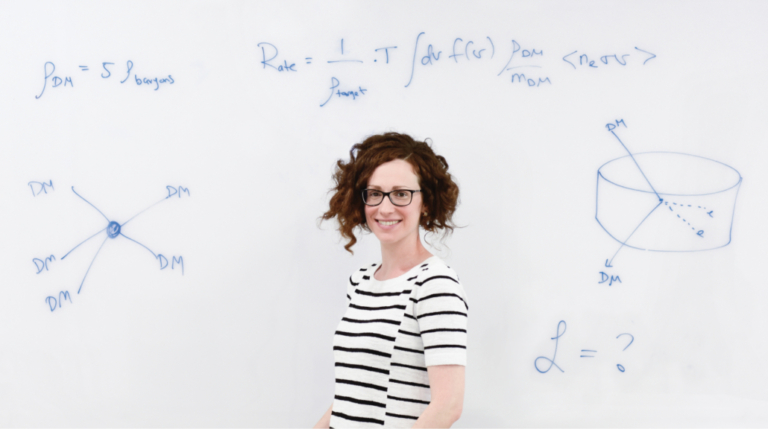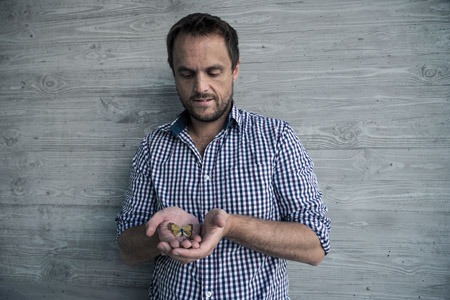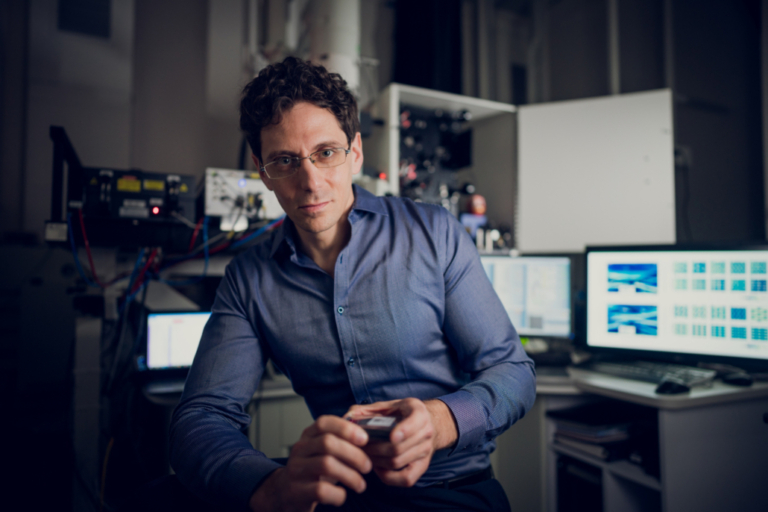Ben-Ami is busy these days with a trio of major projects: designing a scientific payload for ULTRASAT, an Israeli-led satellite that’s expected to launch within the next three years; collaborating with colleague Eran Ofek on the Weizmann Astrophysical Observatory, a network of telescopes that’s being built in the Negev Desert; and building a spectrograph for the Giant Magellan Telescope (GMT) in Chile. The GMT, currently under construction at the mountaintop Las Campanas Observatory in the Atacama Desert, should be ready by the end of the decade. Its seven large mirrors are set in a hexagonal pattern and act in concert, forming a 24.5-metre diameter optical surface, and it will be able to collect 368 square metres of light — an unprecedented resolution ten times greater than that of the Hubble Space Telescope and four times greater than that of the recently launched James Webb Space Telescope.
Ben-Ami and principal investigator Andrew Szentgyorgyi at the Center for Astrophysics | Harvard & Smithsonian developed the GMT-Consortium Large Earth Finder (G-CLEF) spectrograph to be able to detect whether a star has an orbiting planet based on tiny movements caused by the gravitational pull of the planet. This will allow astronomers to determine the mass of Earth-sized planets, including some in a habitable zone that is far enough but not too far from their stars, where water could exist in liquid form on the planet’s surface. When it is operational, G-CLEF will also be able to detect molecules in the atmospheres of these exoplanets, including oxygen, a biosignature that indicates the possibility of past or present life. There are already several strong candidates. Considering that scientists confirmed the existence of Earth-sized exoplanets for the first time about twenty-five years ago, this represents a tremendous leap forward.
Spectrographs work by breaking light into a spectrum of its constituent colours or wavelengths. The G-CLEF spectrograph, which will be connected to an already active pair of 6.5-metre Magellan telescopes in 2024 until the GMT is finished, will use a mosaic of dispersion grating to separate wavelengths of light based on the angle at which they emerge from the grating and record these wavelengths in a detector for analysis. When elements interact with light, unique information about those elements remains on the light. Every element leaves a specific fingerprint, allowing scientists to infer what the light touched on its journey toward Earth.
With this ability, and because the GMT will be able to observe faint targets, Ben-Ami believes that it could reveal whether any of these exoplanets have atmospheric oxygen. “One of the things we’ve learned from studying our own planet is that oxygen is the best sign of life,” he says. “Given the fact that our planet is the only example of life that we have, it makes a lot of sense to look for oxygen.”

